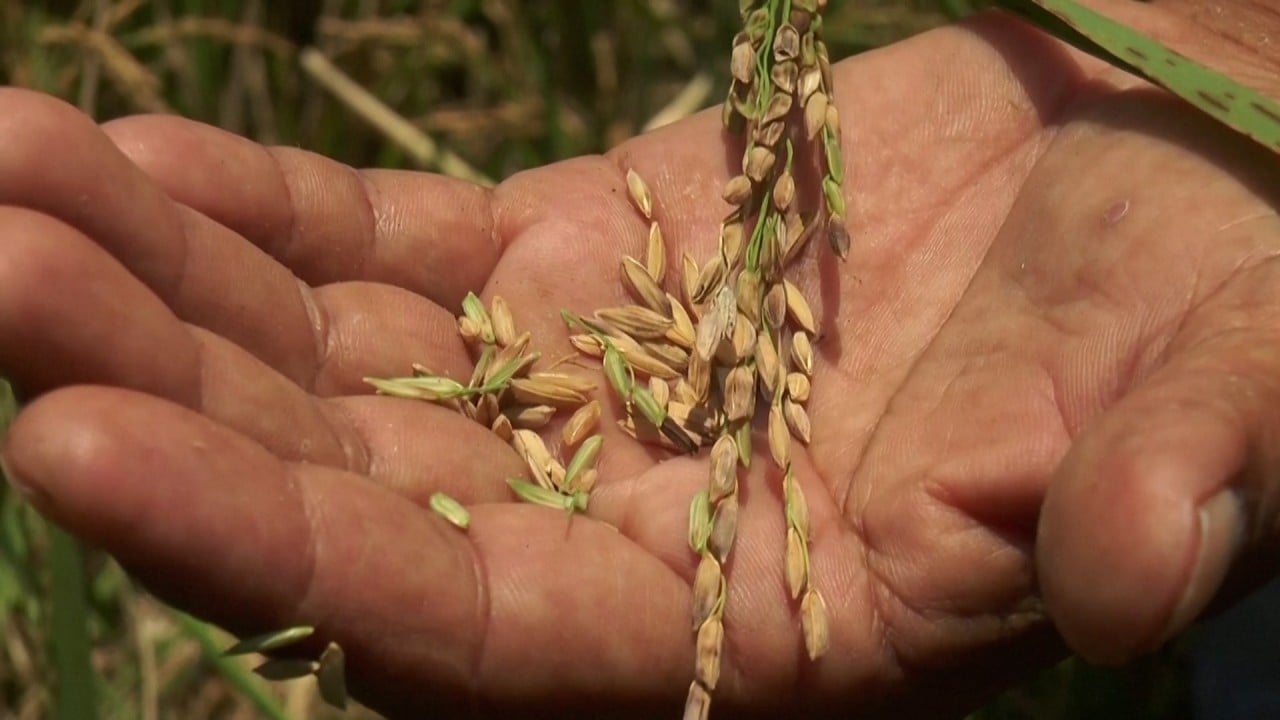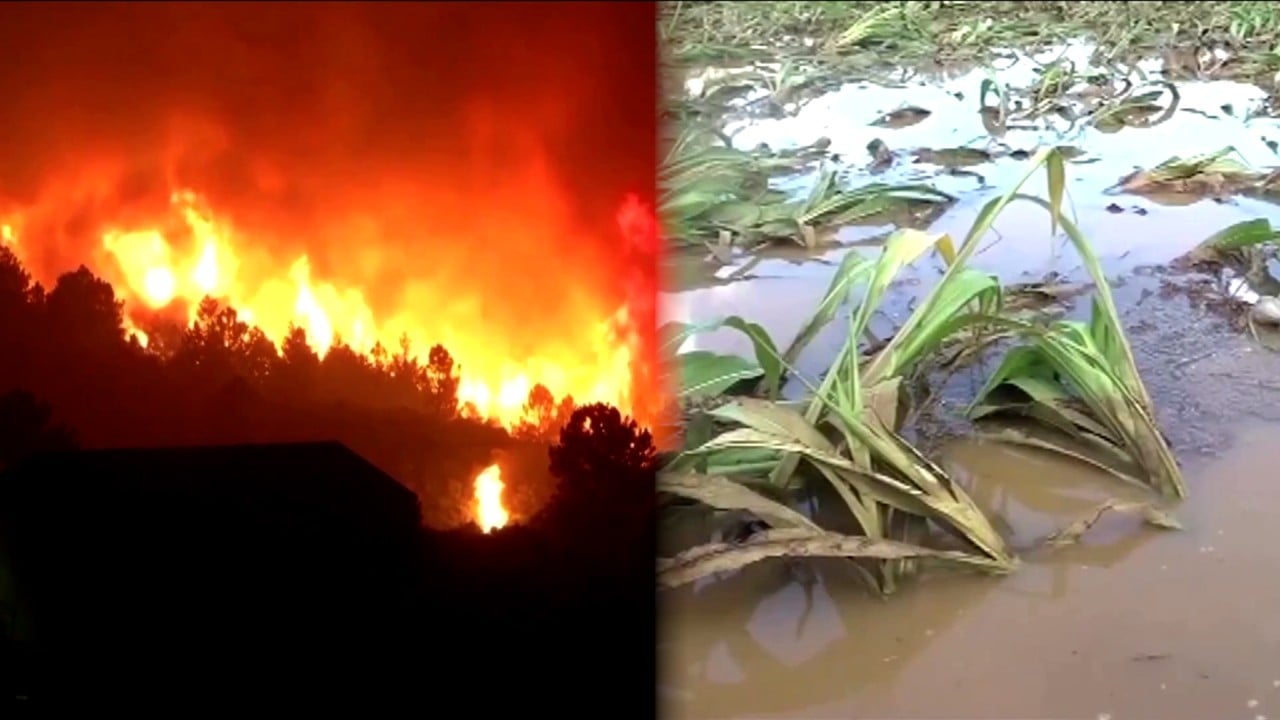Southeast Asian rice farmers brace for El Nino’s wrath as crops wither: ‘we’re on our own’
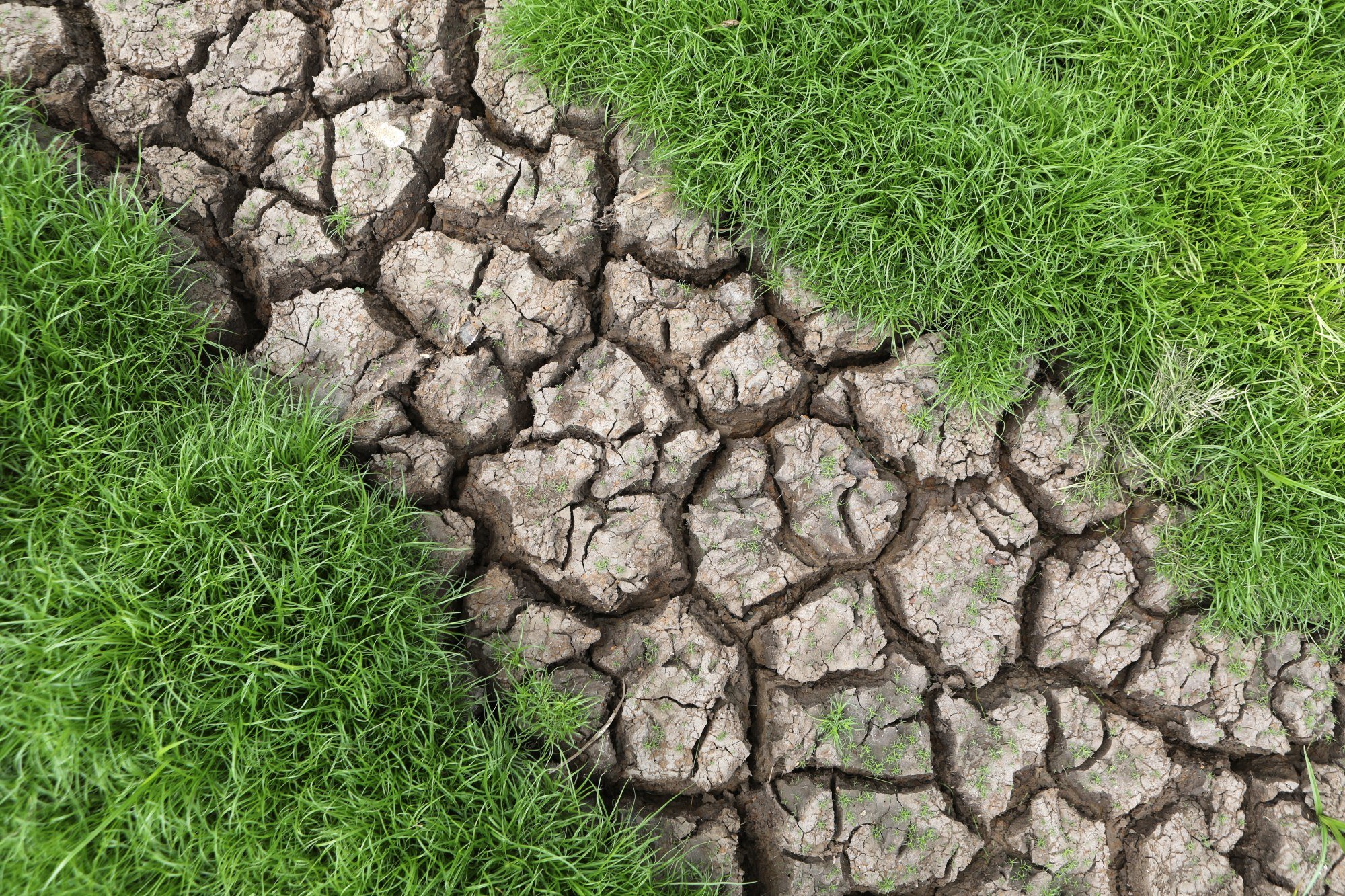
The weather pattern supercharges typhoons, warms seas and brings pests, droughts and deluges to growers in the continent already living on the edge of the climate crisis.
The 2014-2016 event dubbed ‘Godzilla El Nino’ caused Southeast Asian rice production to drop by 15 million tonnes in two years, and plunged millions of people into food insecurity, in a region where some 30 per cent of the world’s rice is grown and consumed.
With global rice prices this year already 28 per cent higher than in 2022 and expected to rise further, according to the World Bank, governments in import-reliant countries have rushed to soften the blow to consumers.
But it is smallholder farmers across the region who are the most exposed to unpredictable weather patterns.
They say they’re not only at the mercy of heatwaves, but also of the vagaries of the market and their governments, who hold the access to technology, bailouts and other resources needed to plan ahead.
Mercury rising
The current El Nino event – associated with the warming cycle of the Pacific Ocean – began in June this year and has already pushed global temperatures to previously unseen levels. While scientists cannot yet confirm its intensity, many agree its full force has yet to be felt.
“There is a 75-85 per cent chance that this El Nino will be a strong one,” said Professor Benjamin Horton, the director of the Earth Observatory Singapore, adding that its impact on agriculture would be particularly visible in early 2024 as winter and spring rice production is affected.
Rice farmers have been told to reduce production over fears of a looming water shortage. But in the topsy-turvy climate conditions of El Nino, Thai village chief Bualin Komkla says that for now, his community in Surin, an eastern province in Isaan, is instead contending with late monsoon rains.
“We thought it would be drought this year, but there’s been so much rain instead, and late rain, too,” he told This Week in Asia.
If and when the feared drought does come, he says Surin lacks the budget to drill a well. “We’re on our own,” he said.
Thailand’s cabinet on Tuesday agreed to spend US$1.55 billion on measures to help rice farmers, including a 1,000-baht (US$28) handout for growers for each rai (0.16 hectares) of land up to 20 rais, said government spokeswoman Radklao Inthawong Suwankiri, in a scheme expected to reach nearly 4.7 million households.
The programme is in addition to 55 billion baht worth of loans approved last week to help farmers hurt by low prices.
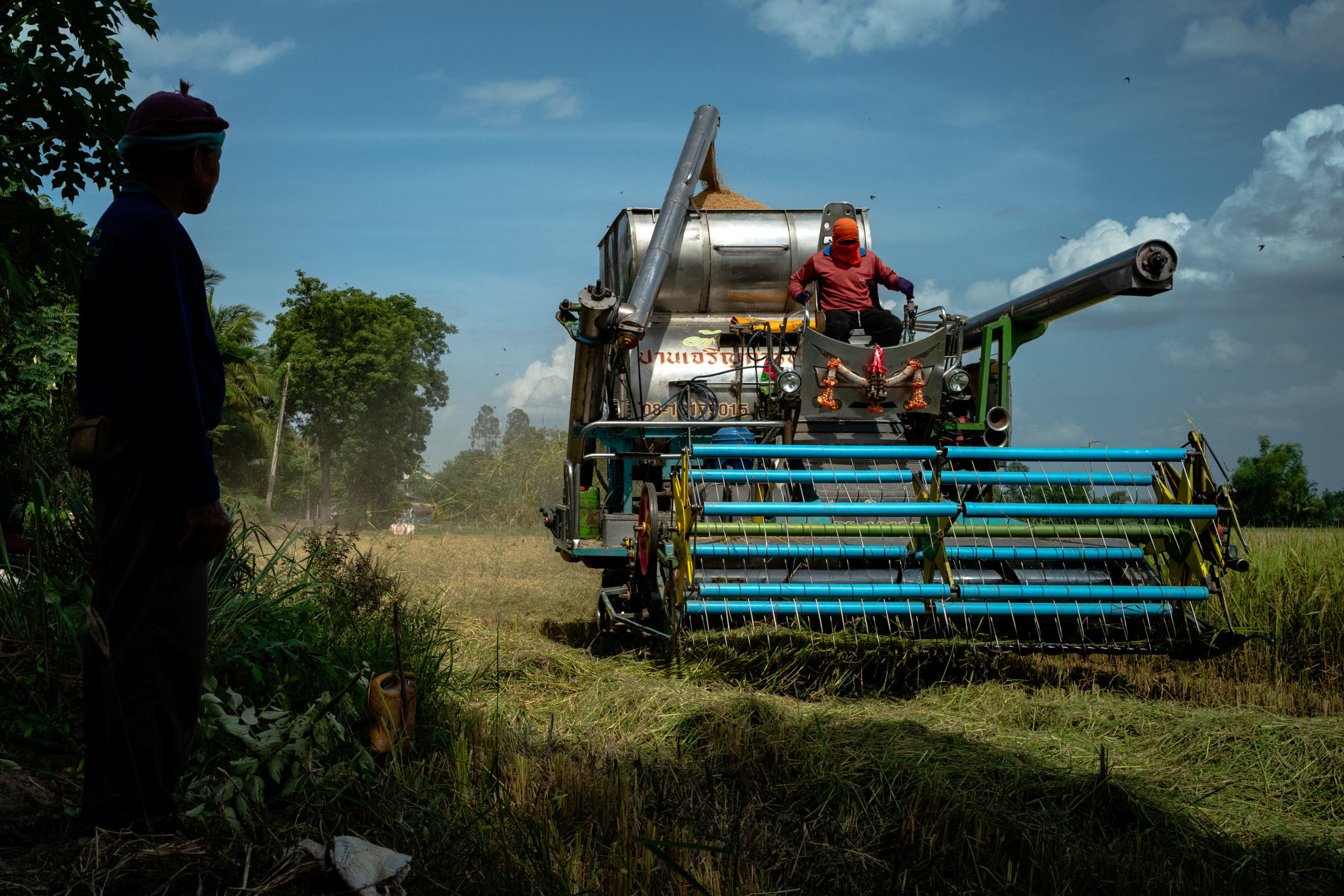
Buffers and handouts
Southeast Asia is not completely unprepared for this El Nino, according to food-security expert Elyssa Ludher, with import-reliant nations already stockpiling in anticipation of supply crunches.
“However, food inflation is expected to continue to rise as some yields decline,” said Ludher, a visiting researcher in food security at the Institute of Southeast Asian Studies.
Coupled with countries applying reactive policies like trade restrictions, this could exacerbate already high food inflation throughout the region, she added. “This would impact export-oriented food businesses and cause food shortages in other countries.”
‘Super El Nino’ threatens India’s monsoon rains, critical crops
‘Super El Nino’ threatens India’s monsoon rains, critical crops
As global prices soared to 12-year highs, countries responded with a mix of measures to tame markets, including a rice handout programme for low-income households in Indonesia – now extended till next summer – and the Philippines’ temporary price ceiling.
Governments are also trying to help small producers ride out the storm. Manila, for example, announced a 12.7 billion pesos (US$228 billion) financial assistance package for farmers, along with a 2.15 billion pesos climate programme backed by the United Nations.
Modernisation woes
But farmers say that more than handouts alone will be needed to help them with agricultural modernisation and managing climate risks.
“Farming is a very challenging business, because while you may have a good product, you cannot control the market,” said Dr Rex Navarro, an agricultural expert and farmer based in Los Banos.
The biggest challenges hampering climate preparation efforts, he added, are infrastructure, funding and capacity-building.
“The technology is there, but the problem is scaling it,” Navarro said, citing the need for remote-sensing systems to help farmers monitor pests and project yields.
Indonesia’s rice dilemma persists even with eased import curbs amid high prices
Indonesia’s rice dilemma persists even with eased import curbs amid high prices
As one of the world’s biggest rice importers, the Philippines is pushing to scale up domestic rice production, and has launched an ambitious plan to become self-sufficient in rice by 2028.
But this, according to Navarro, would take an output of around 7 tonnes per hectare, while most farmers only see yields of about 4.2 tonnes – and demand for food from population growth is also outstripping the pace of rice production.
But the farmers he meets are mostly concerned with the high costs of replanting every time their crops are decimated, rather than learning how to prepare for climate risks.
“Agriculture is the least digitised sector in the Philippines, but farmers can only know the situation ahead of time if they have access to technology, information and data,” he said.
His organisation, RiceUp Farmers, works to help farmers modernise their operations by using weather data and stock information from supermarkets to help inform their planting strategies.
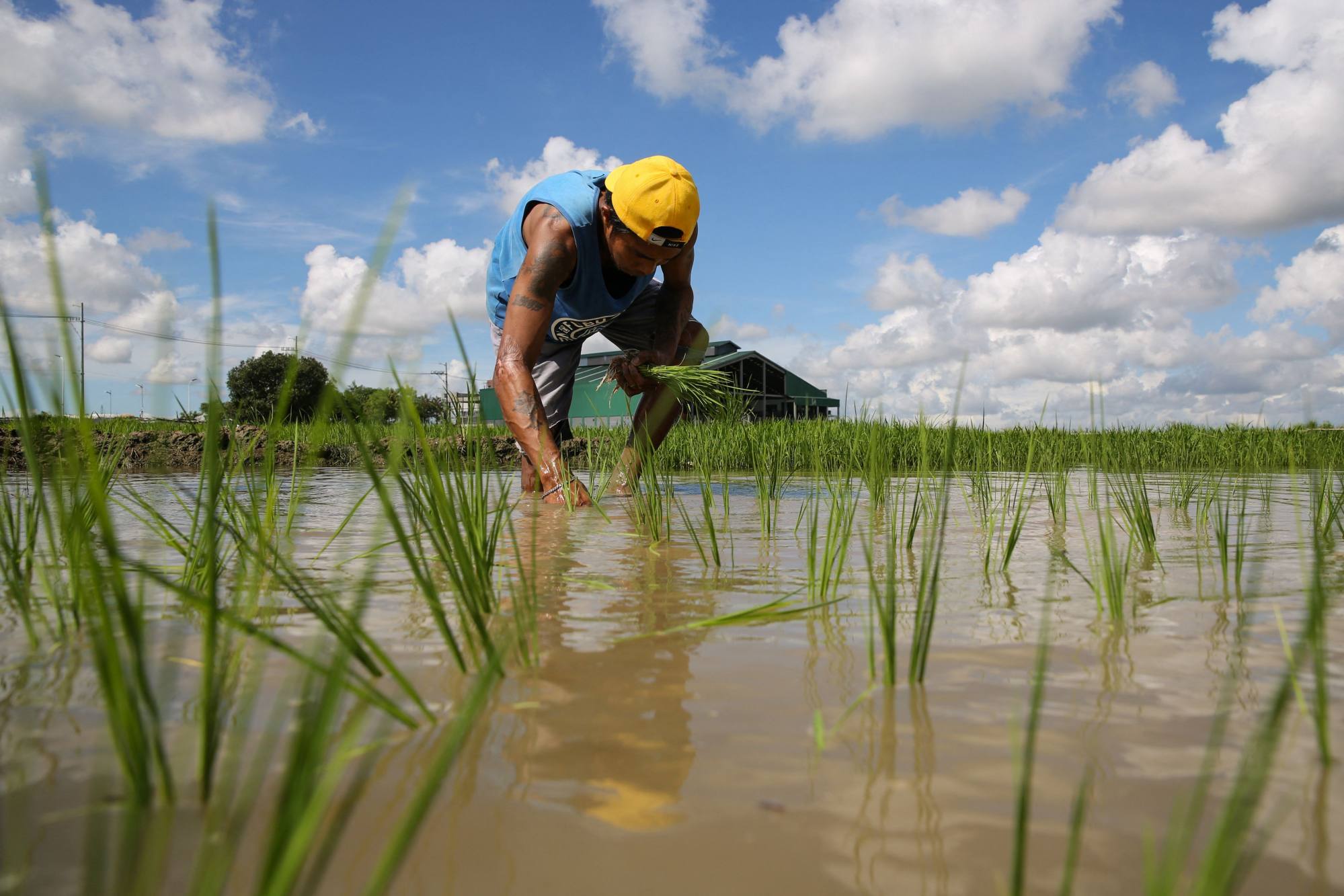
Although irrigation helps farmers work around unpredictable rainfall, old and broken facilities are often a problem: a 2018 assessment by Indonesia’s Ministry of Public Works and Housing, for example, found that 46 per cent of the country’s irrigation systems were “moderately to heavily damaged”.
Ika Krishnayanti, a farmer from Central Java and the international relations officer for the Indonesian Farmers Alliance, says her last harvest was in June this year. But with neither rainfall nor a functioning irrigation system, she cannot resume planting yet.
“The officer from the General Works Ministry said the farmers should not plant rice, otherwise we will fail before harvest due to no irrigation and no rain,” she said.
As the governments which can afford it budget billions of dollars for subsidies, price caps and the cost of stockpiles, farmers remain at the mercy of increasingly unpredictable elements.
In Thailand, temperatures are dropping later this year than in living memory, villagers say, throwing the natural patterns of the land into a spin and taking the farming communities who rely on its produce with it.
“I want to switch to becoming an air-con salesman,” said Surin-based rice farmer Bualin wryly. “Every household needs one now.”


